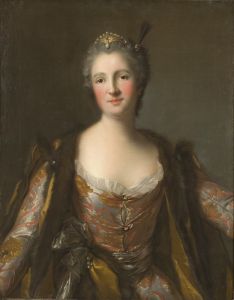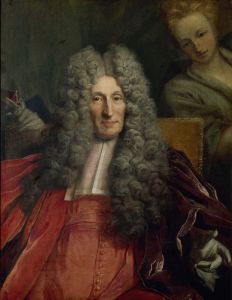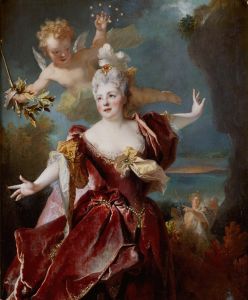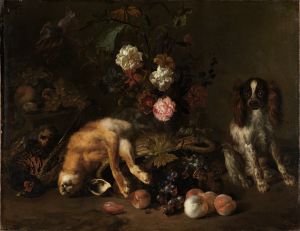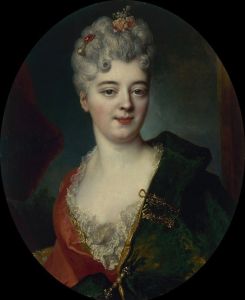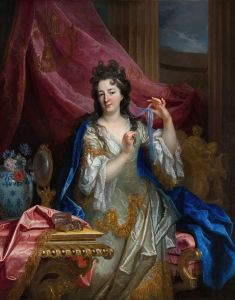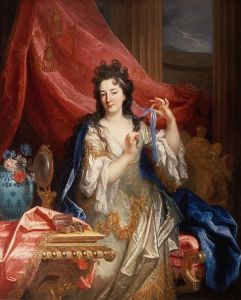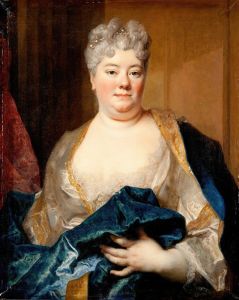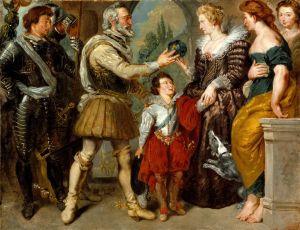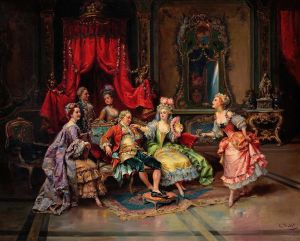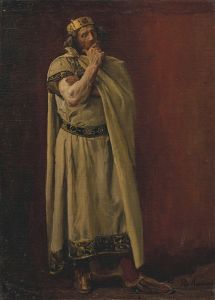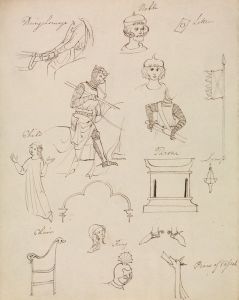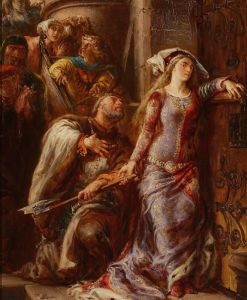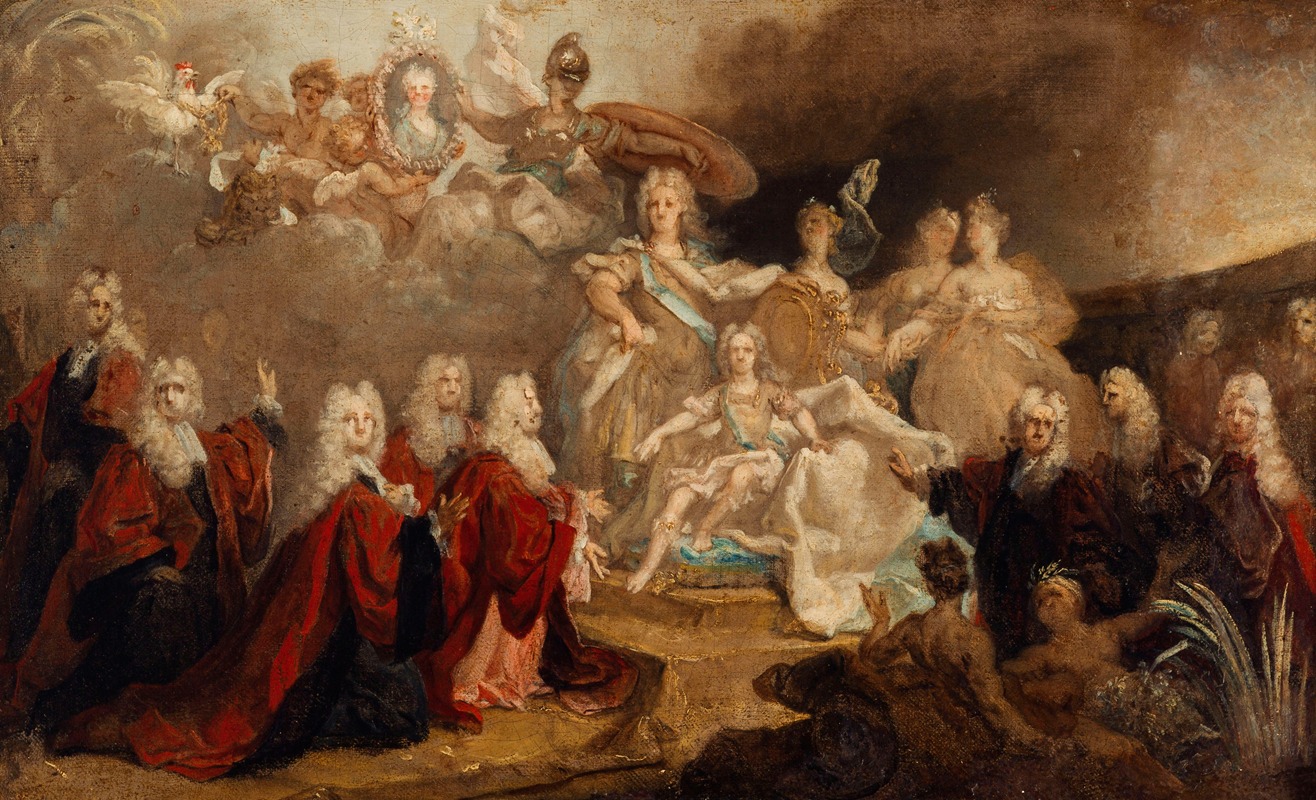
Allégorie des fiançailles de Louis XV avec l’infante Marie-Anne-Victoire d’Espagne
A hand-painted replica of Nicolas de Largillière’s masterpiece Allégorie des fiançailles de Louis XV avec l’infante Marie-Anne-Victoire d’Espagne, meticulously crafted by professional artists to capture the true essence of the original. Each piece is created with museum-quality canvas and rare mineral pigments, carefully painted by experienced artists with delicate brushstrokes and rich, layered colors to perfectly recreate the texture of the original artwork. Unlike machine-printed reproductions, this hand-painted version brings the painting to life, infused with the artist’s emotions and skill in every stroke. Whether for personal collection or home decoration, it instantly elevates the artistic atmosphere of any space.
Nicolas de Largillière's Allégorie des fiançailles de Louis XV avec l’infante Marie-Anne-Victoire d’Espagne is an allegorical painting created to commemorate the betrothal of Louis XV of France and the Spanish Infanta, Marie-Anne-Victoire. This engagement, arranged in 1721, was a political alliance between France and Spain, aimed at strengthening ties between the two nations. The painting reflects the grandeur and symbolism typical of allegorical works during the Baroque and Rococo periods.
Largillière, a prominent French portraitist and history painter, was known for his ability to blend realism with allegorical and decorative elements. In this work, he employs allegory to celebrate the union, using mythological figures and symbolic imagery to convey the significance of the event. The painting likely includes representations of Louis XV and Marie-Anne-Victoire, surrounded by figures symbolizing virtues, peace, and prosperity. These elements were common in allegorical art of the time, designed to glorify royal events and convey their importance to the public.
The engagement between Louis XV and Marie-Anne-Victoire was ultimately short-lived. The Infanta, only three years old at the time of the betrothal, was sent to France to be raised as the future queen. However, in 1725, the engagement was annulled due to political and dynastic considerations, and she was returned to Spain. Despite this, the painting remains a testament to the initial hopes and ambitions tied to the alliance.
The exact date of the painting's creation is not definitively documented, but it would have been produced around the time of the engagement, reflecting the celebratory mood of the period. The work is characteristic of Largillière's style, showcasing his skill in rendering luxurious fabrics, intricate details, and expressive figures.
Today, the painting is recognized as an example of the use of art to convey political and dynastic messages in early 18th-century Europe. It also serves as a historical artifact, offering insight into the cultural and political climate of the time. The current location of the painting is not widely documented, and further details about its provenance remain limited.





